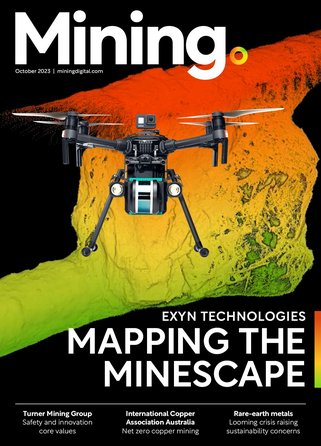How digital transformation impacts mining cybersecurity

Digitalisation, automation and IoT devices are fuelling operational efficiencies in the mining industry. However, increased connectivity within operational technology environments has exponentially expanded the threat surface.
Cyber threats against mining operations are real and those tasked with protecting against these attacks are faced with an arduous task.
Cyber threats: understanding what’s at stake
The first step for mining operators looking to protect themselves from these new cyber threats is to develop an understanding of where these threats come from. The top three threats observed in the mining industry include:
Cyber espionage
For nation-state sponsored threat actors, mining organisations are a gold mine of information, such as, details on location and value of natural deposits, the extraction and processing technology used and business strategy.
All this information could be leveraged in M&A negotiations or be used to gain competitive advantage. For example, Global mining company BHP Billiton became a victim of a cyber espionage campaign in 2011, with attackers targeting the company to gain access to market pricing for key commodities.
Phishing attacks
Phishing attacks are becoming an increasingly common infection vector in the mining industry. According to the 2019 Internet Security Threat Report, more than 38% of email users in the sector were hit with such an attack in the last year. These types of campaigns are designed to trick users into downloading malware or divulging confidential information.
Third-party access
Third-party vendors often provide support services for mining companies, such as equipment assembly or maintenance.
However, unless properly managed and audited, third parties can pose a significant threat to operations. For example, a third party could provide an entry point for malicious software or create system vulnerabilities through weak credentials. Therefore, organisations need to vet their third-party vendors and ensure they follow standard cybersecurity practices before allowing access to internal systems.
Mine operators need to detect and evade cyber attacks before they disrupt production, result in potential danger to life, damage equipment or cause a loss of Intellectual property (IP). However, the convergence of IT and OT systems has eliminated the security blanket of a fully air-gapped system. As a result, operators need to take a massive step up to implement defences that will detect and manage cyber threats.
As mining operators continue to integrate IT and OT networks to enhance efficiencies, the threat of cyber attacks will only continue to grow. Fortunately, the gravity of the cyber threats facing them is dawning on the industry and operators are beginning to take the necessary steps to build IT-like resiliency and defend their systems.



